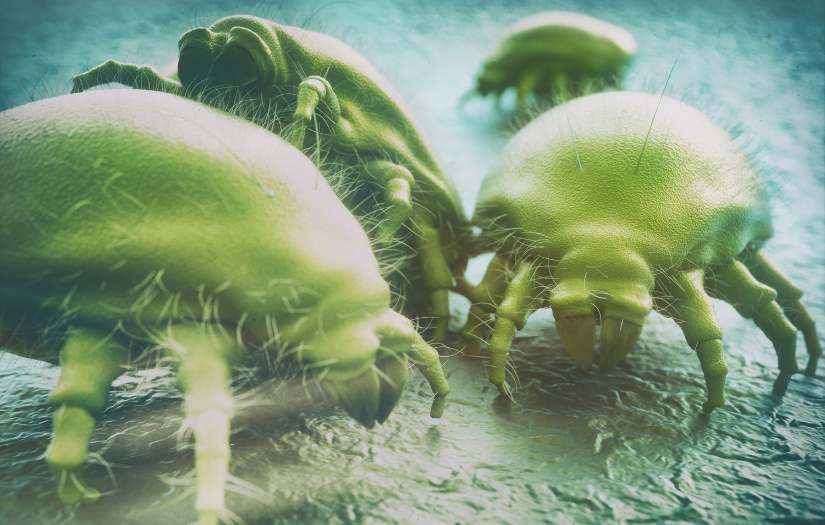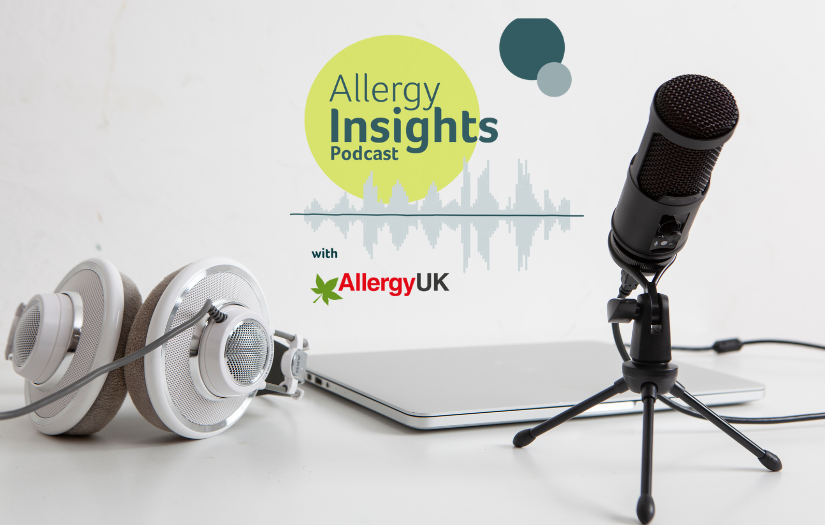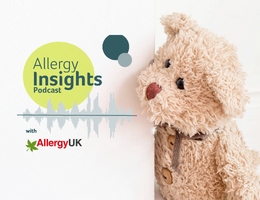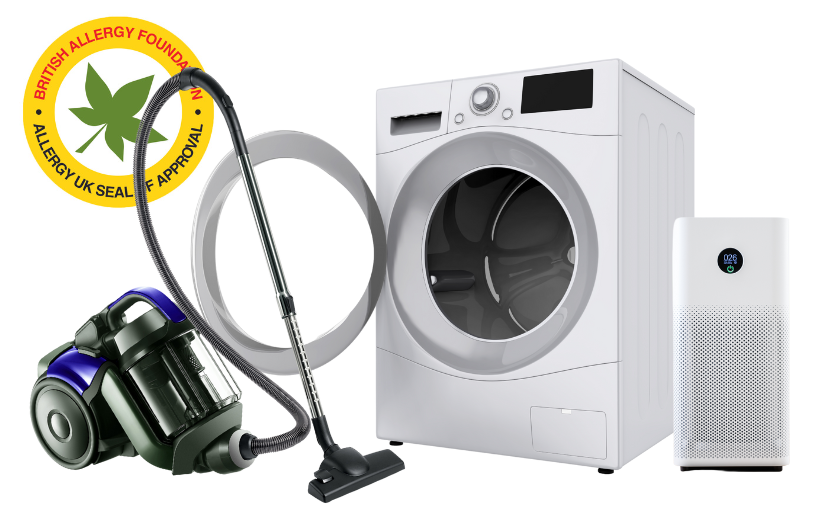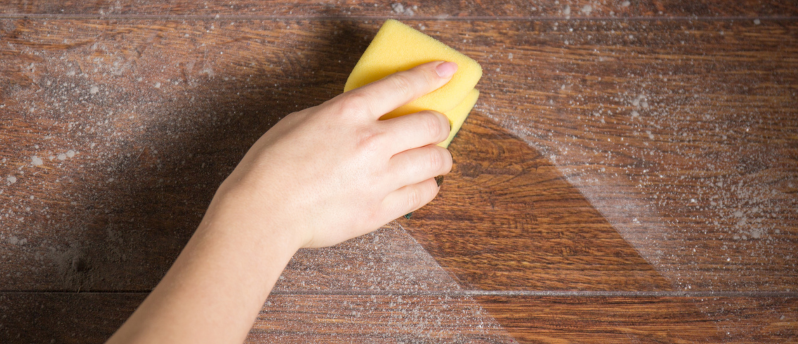
House Dust Mite Allergy
House Dust Mite can be found in every home and a sensitivity to house dust mites can also aggravate atopic eczema and cross react with how the body responds to certain foods.
What is house dust mite allergy?
House dust mite allergy is very common and associated with asthma, eczema and perennial allergic rhinitis. Mites are found in carpets, soft furnishing and clothing but a significant amount of exposure to house dust mite allergens happens in bed. Measures can be taken to avoid house dust mite, but it is not possible to entirely remove dust mite allergens in the home.
Symptoms of a house dust mite allergy
Symptoms tend to be present year-round and often appear at night, or first thing in the morning. These include:
- Cough
- Wheeze
- Runny or blocked nose
Treatments and solutions
- Deploy allergen reduction measures in the home. Although it is not possible to eliminate HDM entirely, a thorough and consistent cleaning regime will help to significantly reduce the symptoms. More on ways to approach this can be found within Allergy UK resources
- Nasal sprays
- Non-sedating antihistamines
- An allergen barrier balm around the edge of each nostril can work to trap the allergen
- Increase ventilation and reduce humidity in the indoor environment
In moderate to severe HDM allergy, allergen-specific immunotherapy may be appropriate. This requires initial GP assessment then referral to allergy/immunology specialist. It is unlikely to be NHS funded.
Related Resources

Donate to Allergy UK
Please help us with a donation so that we can continue to support people with allergy who so desperately need us.
It only takes a minute, but the effects of your donation could last a lifetime.
Donate to Allergy UKSign Up For More Information
It is important to Allergy UK that we can engage with all people that are affected by allergic disease
Join our mailing list





 Helpline
Helpline